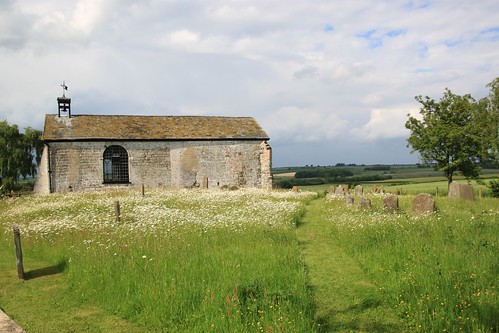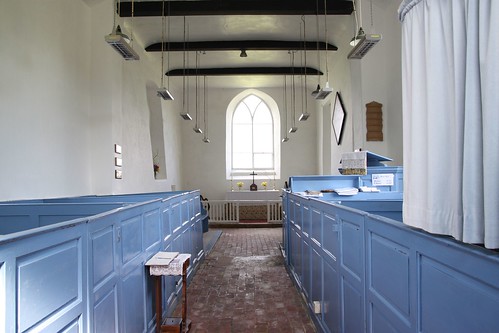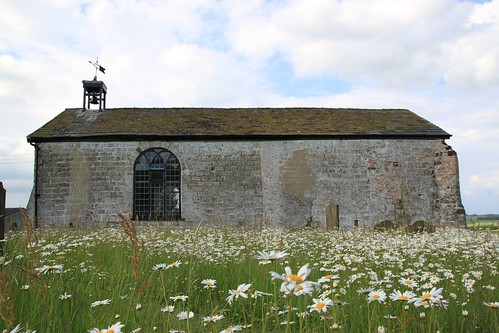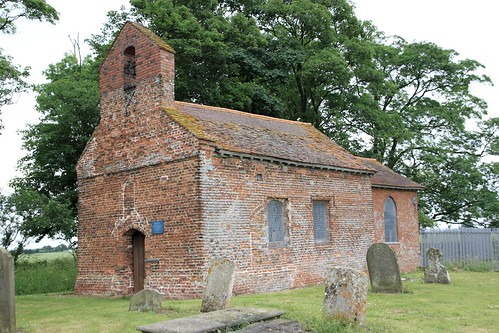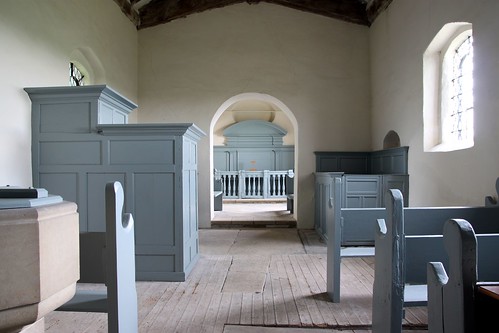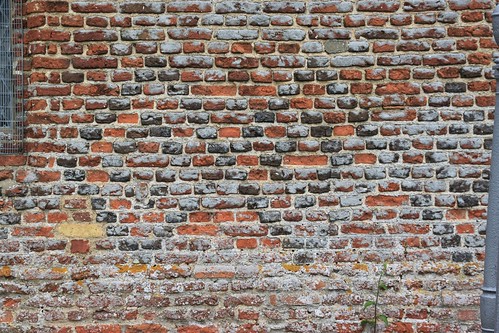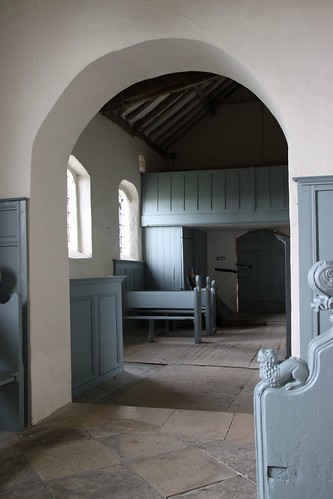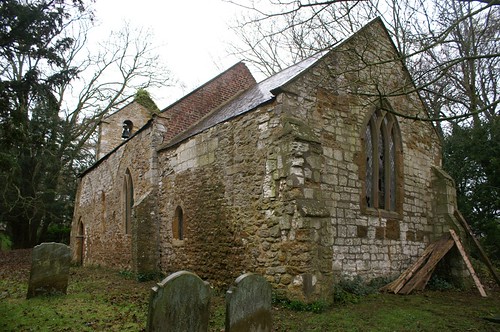 Location
Location
Hawerby church is a sad case. Located just where the Wolds drops down to meet the marsh, St Margaret's Hawerby-cum-Beesby, is in an area where there has been a good deal of depopulation since the Middle Ages. In fact the name says it all, Hawerby with Beesby. Once Beesby, two miles away, was a thriving village with its own church. That was demolished in the fifteenth century. There is now little in Hawerby either, save for St Margaret's, the large rectory next door and Hawerby Hall, the eighteenth century home of the Harneis family. The church was made redundant in 1978 and was bought by a prominent local architect, who was supposed to convert it into a studio. Although some remedial work has been done, the church has been left it to rot for the last thirty years. It is now in a parlous state with gaping holes in the roof and is on the
Buildings at Risk register, though I'm pleased to see that some holding repairs are planned.
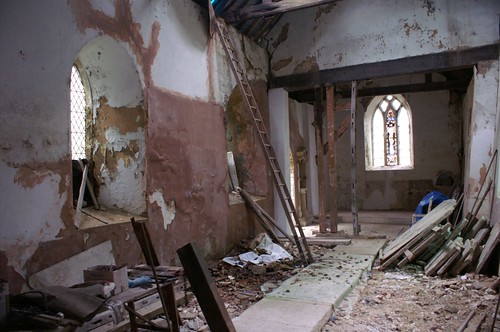

The church is a simple structure, nave, chancel and bellcote, built of local materials, ironstone, chalk and brick. The north wall is probably twelfth century and in the south wall incorporates the blocked thirteenth century arcade of a south aisle. There is evidence of a demolished west tower too; the seventeenth century bellcote shelters two medieval bells. The church was restored in 1846 and it was then that the aisle was demolished. Inside there is a restored Norman drum font and some monuments. On the chancel north wall is a brass to Elizabeth Humfray (died 1638) the daughter of former rector, Nathaniel Pilkington and below it is a Gothic niche that formerly held the marble bust of Maria Harneis, wife of Theophilus Harneis, former lord of the manor. The chancel floor is made up of ledger slabs to the Harneis family and there are more tablets in their memory lying in a stack at the west end of the church. It's not a church to visit unless you have a strong stomach.
 Access:
Access: The church is approached up a lane that leads to the hall and rectory. The church is in private hands and internal access is no longer possible.
If you want to see some more photos of Hawerby have a look at my
Flickr folder.
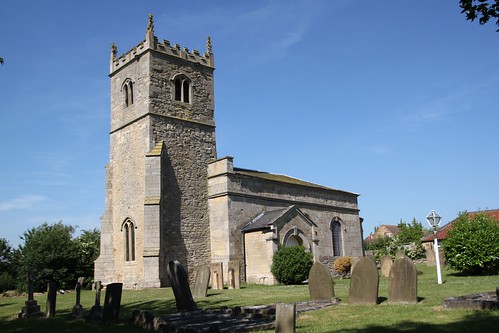
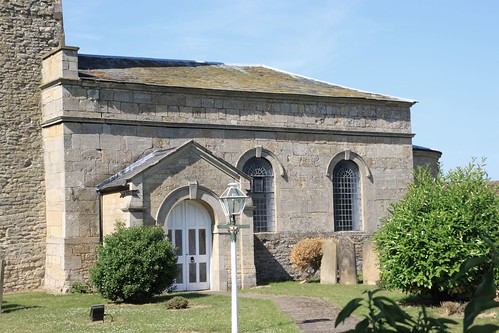

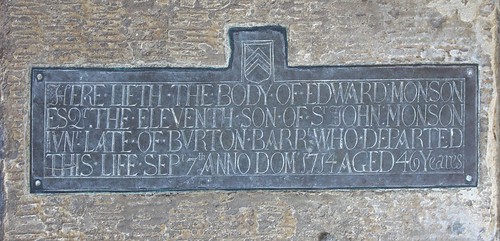


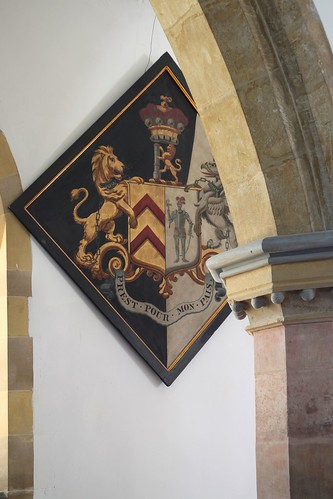
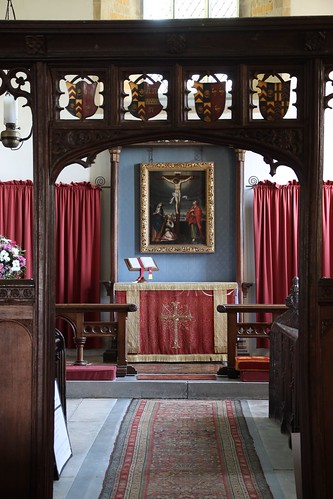

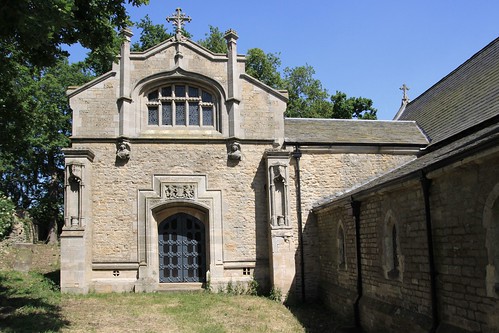




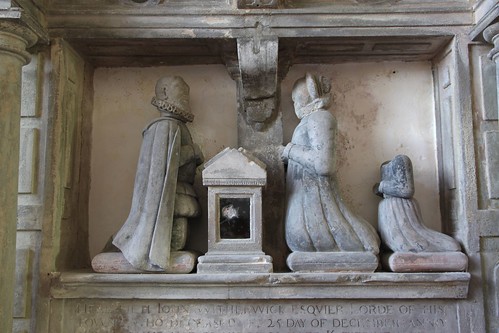
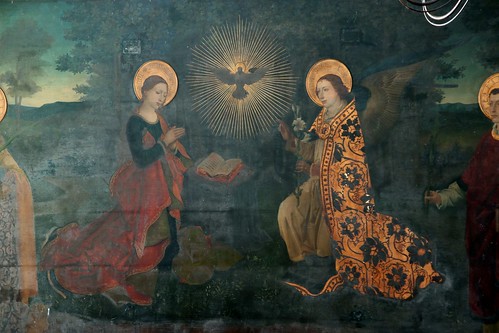

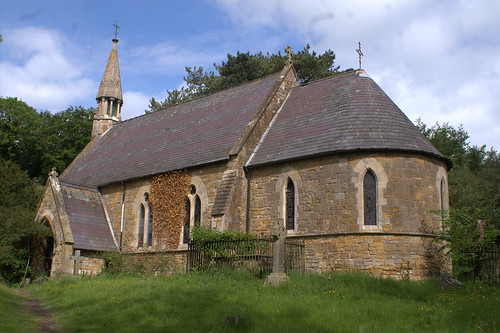
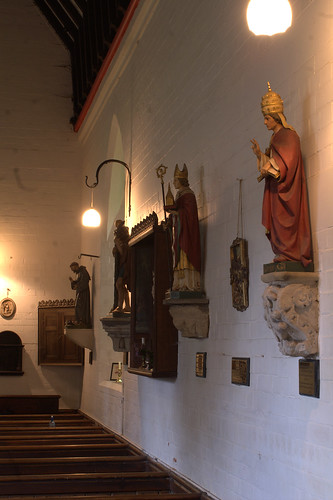







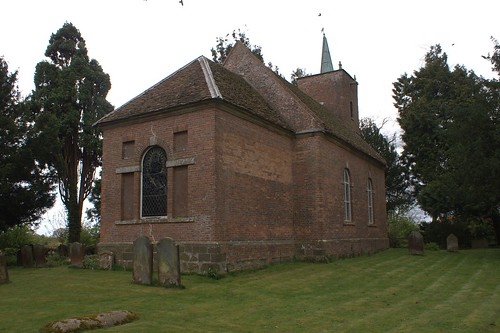


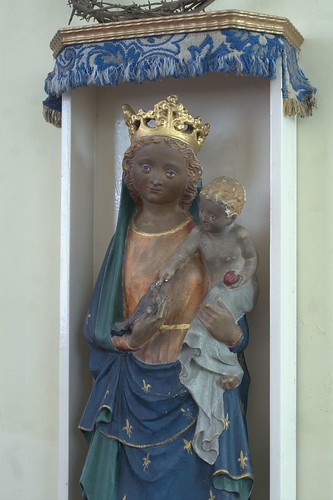


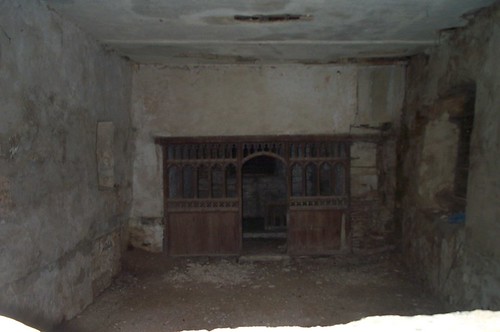


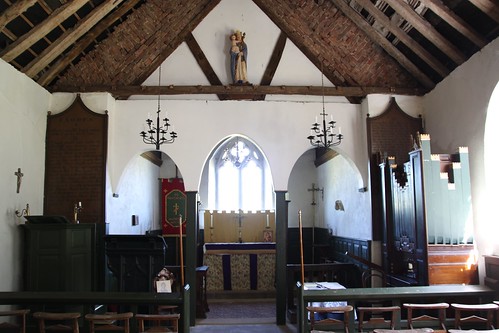
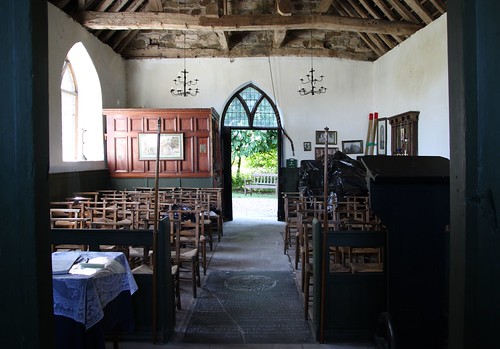

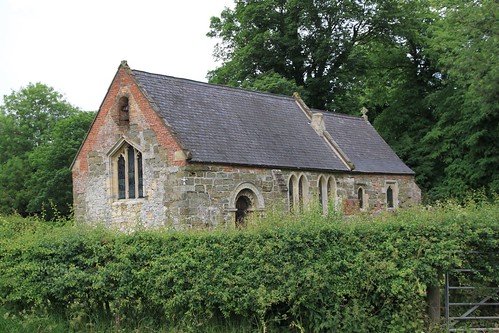


.jpg)
